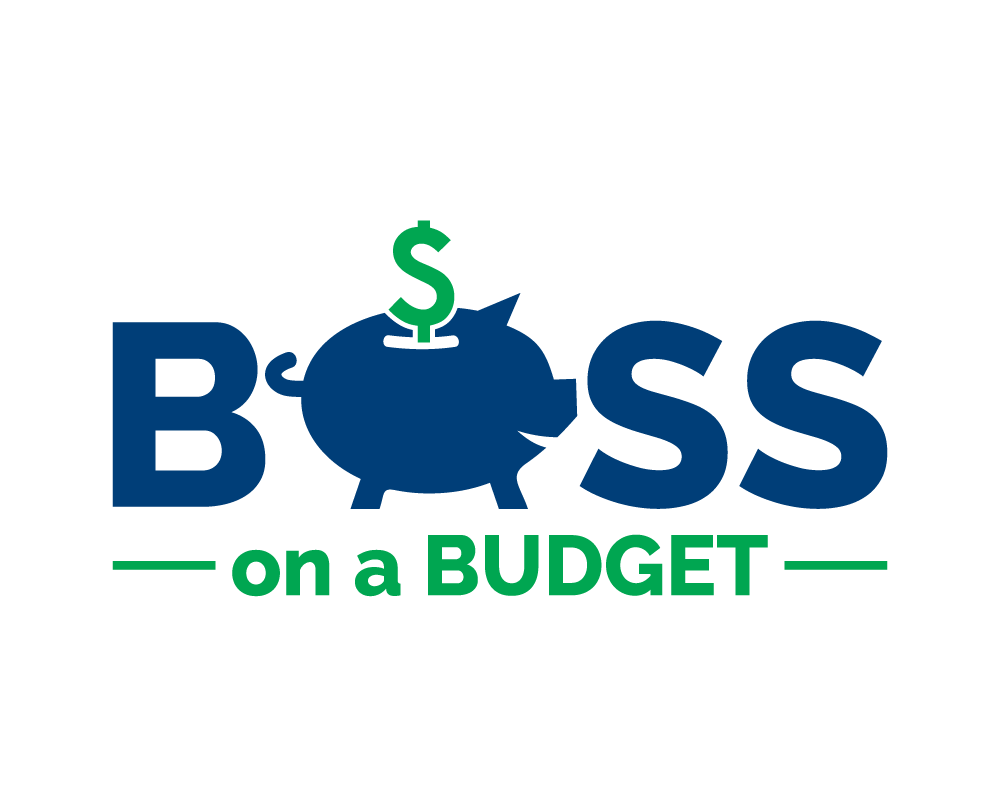Designing a Competitive Compensation Strategy on a Budget
Nonprofits often have to work with limited resources to complete various activities, from fundraising to program delivery. One area that is especially affected by your organization’s budget is employee compensation.
Limited funds may restrict your organization’s ability to offer attractive compensation packages, leading to recruitment and retention challenges as you struggle to compete with for-profit organizations for top talent. Resulting turnover and the constant need to hire can make it difficult for your organization to maintain its momentum in furthering its mission.
Luckily, it’s still possible for your organization to make the most of its compensation budget so you can keep costs low and meet employees’ needs and expectations. All you need are the right strategies.
In this short guide, we’ll walk you through a few tactics for designing a competitive compensation strategy on a budget. Note that in addition to applying these suggestions, you may want to consider working with a nonprofit compensation consultant to get additional guidance specifically tailored to your organization. Let’s begin!
1. Familiarize yourself with your organization’s compensation landscape
Compensation decisions cannot be made in a vacuum—in order to stand out to potential employees (and ensure current employees are satisfied with their pay and benefits), your nonprofit needs to consider its compensation landscape.
This landscape typically includes your organization’s compensation budget, current compensation structure, culture, and values. But there are also external factors to consider, including:
Salary ranges and benefits offered for similar positions at organizations of a similar size or in your same industry
Your nonprofit’s geographic location, to account for cost of living, labor market conditions, and regional wage standards
The current economic climate and its impacts on your compensation offerings
One of the best ways to gain a full understanding of the external compensation environment your organization is operating in is to review compensation survey data. According to Astron Solutions’ compensation survey guide, compensation surveys provide actionable wage information across an industry or specific role, such as typical base salaries and increase percentages or amounts.
You can access existing compensation survey results through various sources and conduct additional research using resources such as the U.S. Bureau of Labor Statistics, industry job boards, and employee reviews of specific organizations. However, in order to get data tailored to your organization’s needs, consider investing in a custom compensation survey conducted by an HR professional. They can ensure you get the information you need while maintaining legal compliance.
2. Focus on total rewards
Shifting your organization’s mindset regarding compensation can also be a game-changer for making the most of a limited budget.
One of the best guiding philosophies to adopt is a total rewards compensation philosophy, where you look at both the direct and indirect ways you compensate your employees:
Direct compensation refers to all of the financial ways you compensate your employees. Examples include:
Salary
Incentive pay
Allowances
Overtime pay
Indirect compensation refers to all the ways you give back to your employees without paying them directly. Examples include:
Health insurance
Retirement benefits
Vacation time
Perks (such as a reserved parking space or a new computer)
This approach allows you to think about employee compensation holistically and not only compensate team members for their work but also demonstrate how much your organization values their contributions and commitment.
To embrace the total rewards compensation approach, first establish the direct and indirect forms of compensation that you can afford to provide employees that will make you as competitive of an employer as possible.
From there, consider the non-monetary benefits you can give employees—things that you can provide at low or no cost. For example, you might offer employees flexible working hours, remote work options, employee wellness programs, or growth and development opportunities (more on this below). Each of these can be scaled to your budget and tailored to your team’s needs and preferences.
In addition to the things you’ll frame as part of an employee’s compensation package, consider what else you can provide employees with that will make your nonprofit stand out as a great place to work. For instance, ensuring that employees’ day-to-day work is truly meaningful by tying it directly to your mission can make a positive difference in the employee experience. According to McKinsey, when employees feel their work is meaningful, they are 75% more committed to their organization and 49% less likely to leave.
Another thing to focus on is the working culture your nonprofit offers. Is your organization a supportive, welcoming, and positive place to work? Cultivating an environment in which people are happy to work each day will be crucial to your recruitment and retention efforts.
3. Stay future-focused by offering clear growth and development paths
No one wants to work a “dead-end job.” Even if an employee doesn’t want to climb the ranks of leadership, they will still want opportunities to learn new skills, challenge themselves, and accomplish professional goals.
You can deliver on this employee need by offering clear growth and development opportunities as part of your employee compensation packages. Doing so will provide the added bonus of demonstrating to your team members that they can have a long and fulfilling future at your organization.
For each role at your organization, determine potential paths for growth and development. For example, perhaps you plan to offer individual major gift officers the chance to practice leadership skills and work toward roles like director of development. Or, maybe you offer your marketing team the chance to expand their skill set by learning how to build and manage a website.
For newer organizations, offering more formal, long-term opportunities may be aspirational. In the meantime, you can still offer plenty of growth opportunities to your employees that fit your current needs and budget. These might include starting a mentoring program for more experienced employees to mentor newer employees, encouraging cross-departmental training, or recommending free online courses and certifications.
4. Be transparent about compensation
How you talk to your employees about compensation will make a big difference in how they feel about your approach and their individual compensation packages. Prioritizing transparency will allow you to cultivate trust with your employees, and the resulting strengthened relationships will lead to better retention outcomes for your nonprofit.
Your efforts to be forthcoming with employees about your compensation strategy can start in the recruiting process. Consider sharing salary range and benefits information in your open job postings (this may even be required by pay transparency laws in your area) to be upfront with job candidates about compensation.
With current employees, outline how compensation is structured and decided upon at your organization. Be sure to provide economic and financial context in addition to explaining your compensation philosophy. Also, give them plenty of opportunities to ask you questions about their compensation, and provide a clear schedule for formal compensation changes (often, these will follow annual performance reviews).
With a limited budget, your nonprofit has to deal with several challenges, from obstacles standing in the way of your fundraising goals to difficulties standing out as a competitive employer. But with the right strategies, you can make the most of your compensation budget and recruit and retain top talent to power your mission. Use the ideas above to get started today!
About the Author
Author: Jennifer C. Loftus, MBA, SPHR, PHRca, GPHR, SHRM-SCP, CCP, CBP, GRP
Jennifer C. Loftus is a Founding Partner of and National Director for Astron Solutions, a compensation consulting firm. Jennifer has 23 years of experience garnered at organizations including the Hay Group, Parsons Brinckerhoff, Eagle Electric Manufacturing Company, and Harcourt General.
Jennifer has held volunteer leadership roles with SHRM, New York City SHRM, and WorldatWork. She serves as a subject matter expert to the SHRM Learning System and as a SHRM instructor. Jennifer is a sought-after speaker for local & national conferences and media outlets.
Jennifer has an MBA in Human Resource Management with highest honors from Pace University and a BS in Accounting summa cum laude from Rutgers University.
Jennifer holds Adjunct Professor roles with Pace University, Long Island University, and LIM College.
Jennifer received the 2014 Gotham Comedy Foundation’s Lifetime Ambassador of Laughter Award.


